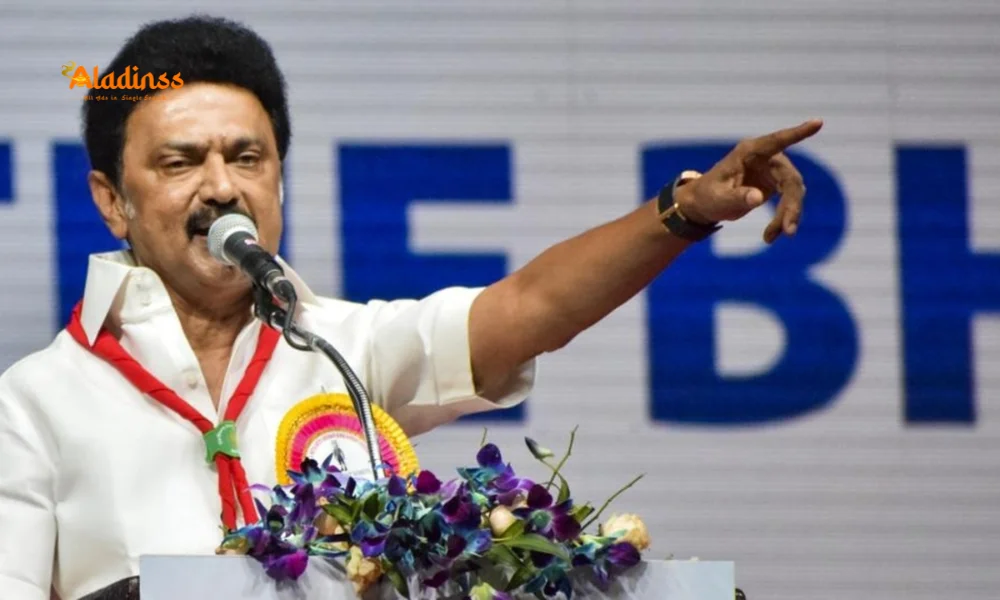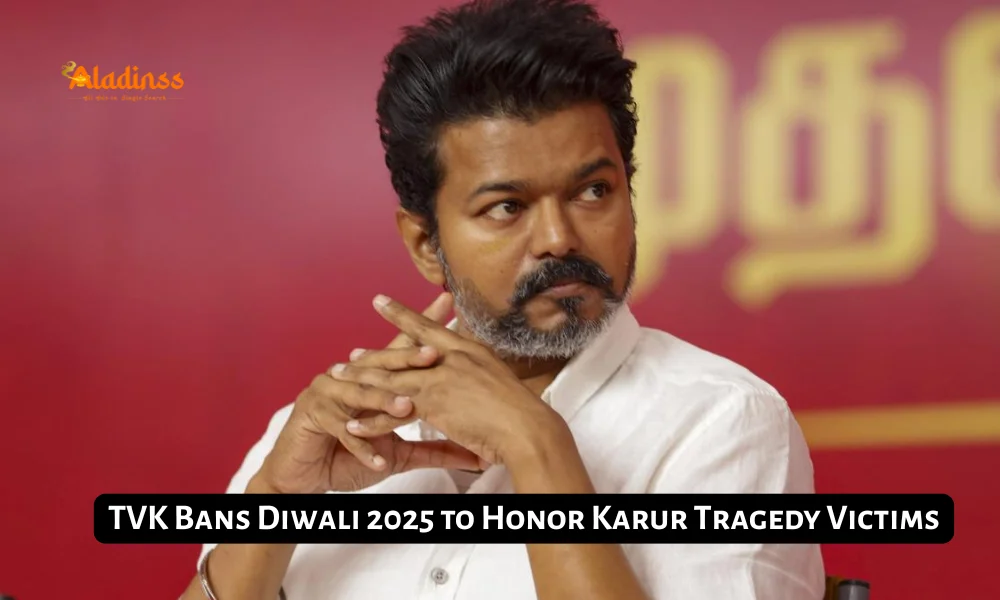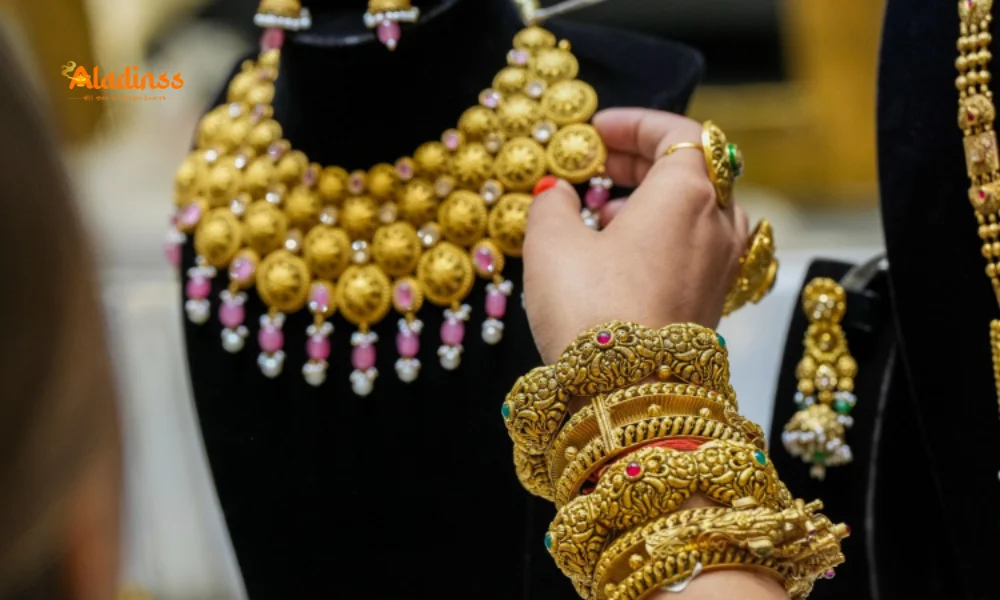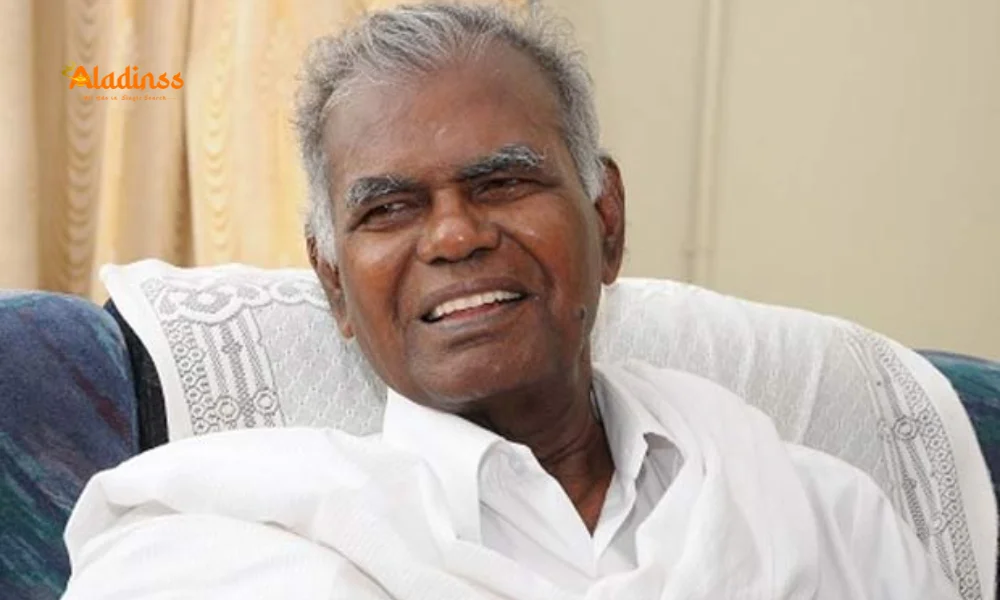Cummins, Head Reject $10M IPL Offers
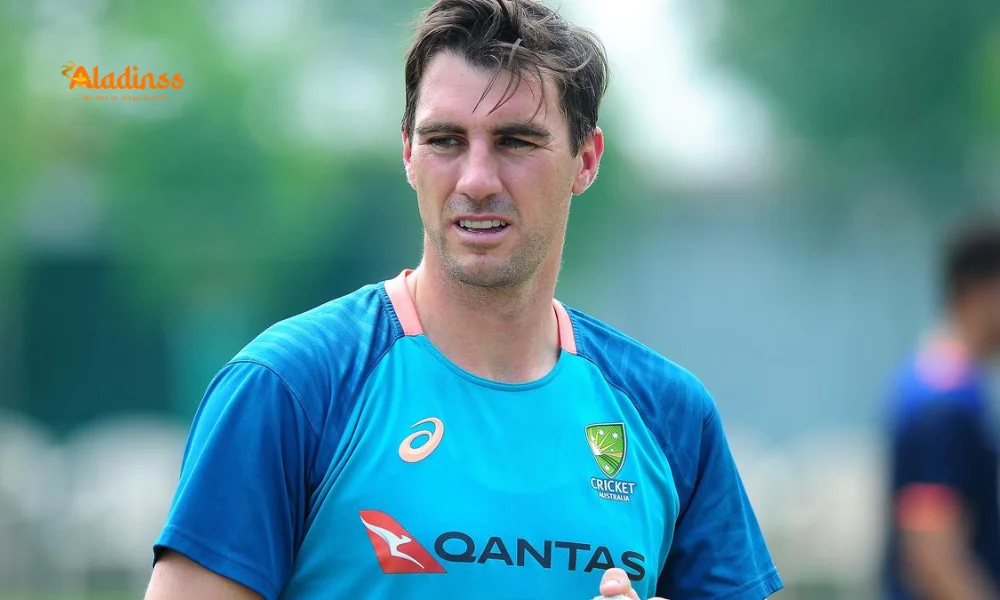
Pat Cummins and Travis Head Reject Staggering $10M IPL Offers to Stay Loyal to Australian Cricket
In a testament to national pride, Australian cricket captain Pat Cummins and his deputy Travis Head have turned down extraordinary annual offers of nearly $10 million each from an IPL franchise group, opting instead to continue their international commitments. This jaw-dropping proposition, equivalent to approximately Rs 58 crore per player, was aimed at securing their full-time services for global T20 leagues, highlighting the intensifying tug-of-war between franchise glamour and Test cricket's traditions. As per reports, the duo's decision has reignited debates on player retention and the urgent need for salary hikes in domestic leagues like the Big Bash League.
The informal approaches, made earlier this year, underscore the lucrative allure of T20 circuits, where IPL teams are increasingly poaching top talent with year-round contracts. Yet, both stars emphasized their unwavering dedication to the Baggy Green, prioritizing Ashes battles and World Cup glories over financial windfalls. This stance not only bolsters Australia's cricketing ethos but also pressures administrators to rethink compensation structures amid a booming global market.
Cummins, a pace spearhead and tactical maestro, and Head, the explosive opener whose blitzes have redefined white-ball aggression, represent the pinnacle of Aussie talent. Their rejections signal a broader narrative: while franchise dollars dazzle, the pull of donning the national colors remains supreme-for now. This development arrives as Cricket Australia grapples with retaining stars in an era where T20 leagues proliferate across continents.
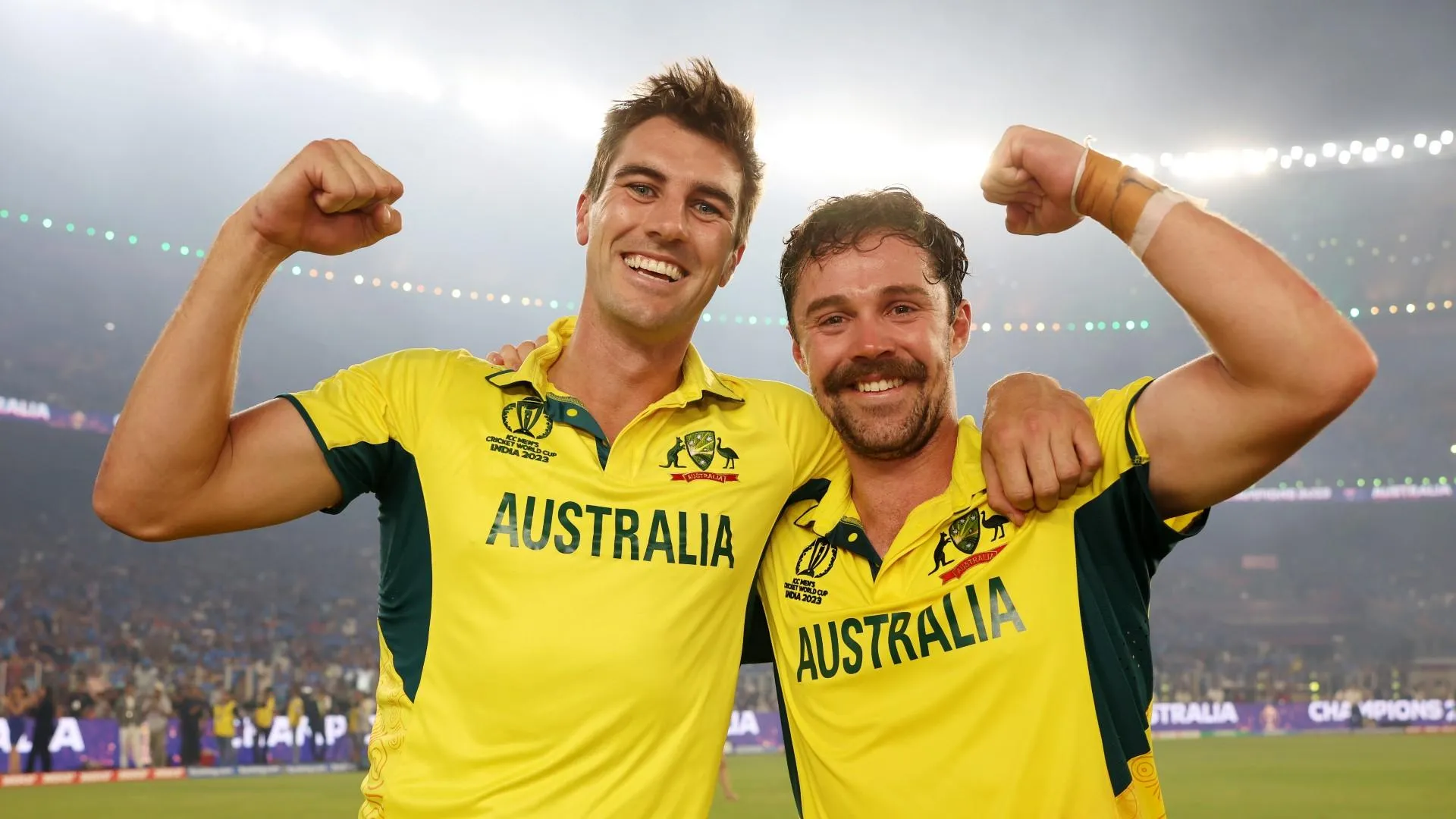
Breaking Down Pat Cummins' Lucrative IPL Earnings with Sunrisers Hyderabad
Pat Cummins' tryst with the IPL has been nothing short of phenomenal, transforming him into one of the league's highest-paid overseas recruits. Ahead of the 2025 season, Sunrisers Hyderabad (SRH) astutely retained the World Cup-winning all-rounder for a hefty Rs 18 crore, a strategic move following his record-breaking Rs 20.5 crore auction haul in 2024. This pay adjustment reflects both his on-field dominance-leading SRH's charge with fiery spells and handy cameos-and the franchise's faith in his leadership.
As SRH skipper, Cummins brings tactical acumen honed from captaining Australia to Tests and ODIs, blending aggression with smarts. His IPL journey, starting modestly, exploded in 2024 when he spearheaded SRH to thrilling finals runs, justifying every rupee. Beyond the pitch, Cummins' marketability-endorsements with brands like MRF and his advocacy for mental health-amplifies his value, making him a cornerstone for SRH's global ambitions.
This IPL payday, while impressive, pales against the rejected $10 million overture, yet it underscores Cummins' balanced portfolio: franchise stardom without forsaking national duties. For aspiring pacers Down Under, his arc-from injury-plagued prodigy to IPL icon-serves as inspiration, blending endurance with explosive talent.
Also Read: Free IRCTC Date Change from Jan 2026
Travis Head's Meteoric Rise and IPL Salary Surge at SRH
Travis Head's IPL trajectory mirrors his blistering batting-rapid, ruthless, and richly rewarded. Snapped up for Rs 6.8 crore at the 2024 auction by SRH, the southpaw's stocks soared post his match-winning knocks, leading to a retention bump to Rs 14 crore for 2025. This near-doubling not only validates his explosive top-order prowess but also cements SRH's aggressive rebuild around youth and firepower.
Head's IPL exploits, including a brutal hundred against Gujarat Titans, have etched him as a T20 disruptor, capable of dismantling attacks in overs. Off-field, his affable demeanor and Adelaide roots endear him to fans, while endorsements bolster his brand. Yet, like Cummins, Head's heart lies with Australia, where his vice-captaincy in ODIs promises more glory.
The $10 million temptation tested Head's resolve after a 2024 stint juggling IPL, Major League Cricket, and the T20 World Cup. He experimented to gauge franchise life's toll but reaffirmed international priorities, eyeing extended Baggy Green stints. For SRH, retaining Head ensures continuity in their high-octane lineup, blending his flair with Cummins' steel.
Australian Cricket Salaries: How Cummins and Head Stack Up Nationally
Domestically, Australia's elite cricketers command solid but comparatively modest retainers. Top contracts hover around AUD 1.5 million (Rs 8.74 crore) annually, rewarding consistency across formats. For Cummins, dual captaincy in Tests and ODIs elevates this to AUD 3 million (Rs 17.48 crore), factoring leadership premiums and performance bonuses.
Head, as deputy, aligns closer to the standard tier but benefits from incremental hikes tied to milestones like World Cup triumphs. These figures, while life-changing, lag global benchmarks, fueling calls for inflation-adjusted escalations. Cricket Australia's centralized model ensures equity, yet the IPL's influx-often doubling incomes-highlights disparities that the rejected offers expose.
Broader incentives include match fees (AUD 10,000 per ODI) and endorsements, but the core salary underscores cricket's unique blend: prestige over pure pay. As Head noted, international play's pinnacle status outweighs franchise isolation, though younger guns like Cameron Green face similar lures from Mumbai Indians.
Global T20 Boom vs. National Loyalty: Player Perspectives
Head's candid reflections reveal the era's tensions. After a grueling 2024-skipping West Indies for recovery-he tested franchise overload, concluding it suited some but not him. He champions choices like Heinrich Klaasen's international retirement for T20 focus, arguing job satisfaction trumps mandates, especially with leagues like The Hundred and MLC exploding.
- Klaasen's blueprint: Prioritize T20s, cull bilateral ODIs for Tests and World Cups.
- Head's balance: IPL, BBL, internationals without filler leagues.
- Cummins' resolve: Captaincy demands national focus amid franchise temptations.
Such views echo Jofra Archer's 2023 rejection of a $7.5 million Mumbai Indians deal, prioritizing England. For Australia, well-paid stalwarts resist, but emerging talents may not, urging reforms.
Big Bash League Privatization: A Response to IPL-Like Offers
The offers have catalyzed talks on privatizing the Big Bash League (BBL), Australia's T20 flagship. Cricket Australia, states, and the players' union are exploring private equity infusions to rival IPL salaries, potentially franchising teams for global networks. This could spike retentions, integrating BBL with overseas owners for talent pipelines.
Privatization pros: Enhanced funding for facilities, marketing, and women's leagues; cons: Equity dilution and commercialization risks. Precedents like IPL's model suggest viability, but Australia's egalitarian ethos demands careful navigation. No formal announcements yet, but momentum builds as T20's global pie expands.
Implications ripple: Higher BBL pay could stem outflows, fostering homegrown stars. For Cummins and Head, it reinforces their gamble on loyalty, potentially inspiring a generation to value the Baggy Green over briefcases.
Aussie Cricketers' Earnings in Perspective: Lagging Behind Other Sports Icons
Juxtaposed against peers, cricket salaries seem modest. Formula 1's Oscar Piastri leads with AUD 40 million from McLaren, trailed by NBA's Josh Giddey (AUD 38 million) and NFL's Jordan Mailata (AUD 34 million). These privatized leagues' mega-deals dwarf cricket's, where international caps cap earnings despite IPL boosts.
Cricket's team-oriented, format-diverse nature contrasts motorsport's individualism or NBA's endorsements. Yet, global T20s bridge gaps, with IPL's Rs 18 crore for Cummins equating AUD 3.3 million-still below Piastri's haul. This disparity fuels privatization pushes, aiming to elevate BBL to IPL echelons.
Future-wise, hybrid models-national cores with franchise opt-ins-may emerge, per Klaasen's calendar tweaks. For Australia, retaining Cummins-Head caliber demands innovation, ensuring cricket's soul endures amid dollar deluges.
Future of Cricket: Balancing Tradition and T20 Gold Rush
The saga spotlights cricket's crossroads: T20's commercialization vs. Tests' legacy. As leagues multiply, administrators must adapt-streamlining calendars, boosting domestics-to avert talent drains like Klaasen's.
- Calendar reforms: Trim ODIs, safeguard Tests.
- Salary equity: National boosts via BBL privatization.
- Talent nurturing: Youth programs blending formats.
Cummins and Head's choices inspire, but systemic shifts are key. As 2025 unfolds-with Ashes looming-their loyalty could galvanize reforms, keeping Australia's cricket flame alight in T20's blaze.
In this evolving landscape, the duo's stand reaffirms cricket's heart: not just contracts, but camaraderie under the southern cross.
Comment / Reply From
No comments yet. Be the first to comment!
